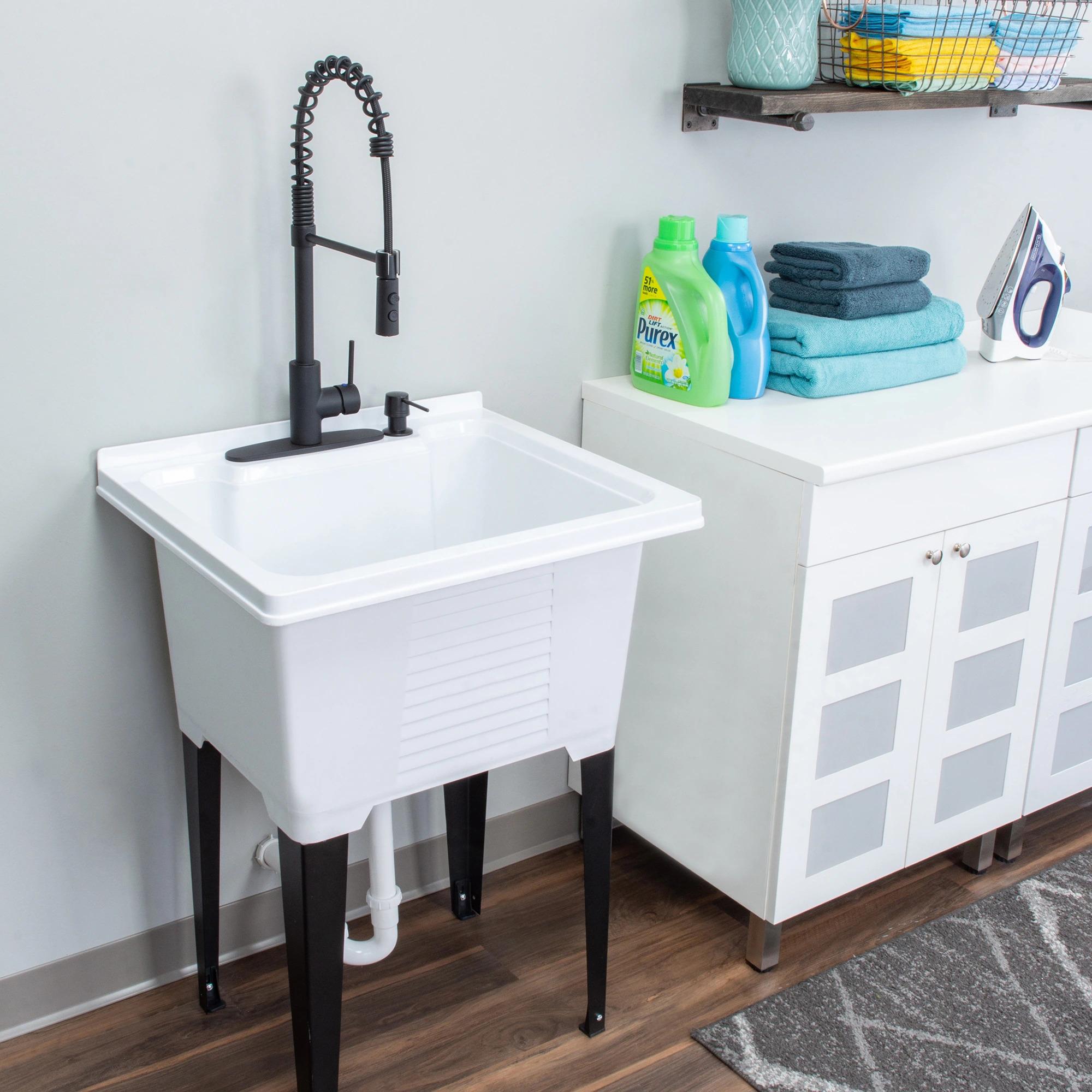

Articles
What Is A Utility Sink
Modified: March 1, 2024
Learn all about utility sinks in this informative article. From their uses to installation tips, this guide covers everything you need to know.
(Many of the links in this article redirect to a specific reviewed product. Your purchase of these products through affiliate links helps to generate commission for Storables.com, at no extra cost. Learn more)
Introduction
A utility sink is a versatile and practical fixture that is commonly found in homes, commercial spaces, and other utility areas. It is designed to handle a variety of tasks that require a durable and spacious basin, along with additional features to make cleaning, organizing, and other chores more efficient.
In this article, we will explore the various aspects of a utility sink, including its definition, uses, features, materials used, installation process, maintenance, and common problems. Whether you’re considering installing a utility sink in your home or curious about its functionalities, this guide will provide you with all the essential information you need.
A utility sink, also known as a laundry sink, mop sink, or wash sink, is a deep-basin sink that is specifically designed for heavy-duty tasks and general cleaning purposes. Unlike a regular kitchen or bathroom sink, which is primarily used for washing hands or small items, a utility sink is larger and more durable to accommodate larger objects and handle dirt, grime, and water more effectively.
The utility sink is particularly useful in areas where messy or dirty work is done, such as laundry rooms, garages, basements, mudrooms, workshops, and commercial spaces. It provides a convenient space to perform tasks like handwashing clothes, soaking and pretreating stains, cleaning gardening tools, bathing pets, washing paint brushes, and other heavy-duty cleaning activities.
One of the key advantages of a utility sink is its functionality and practicality. It offers a wide range of benefits, making it an essential fixture in many homes and commercial spaces. Not only does it provide an efficient and dedicated space for heavy-duty cleaning tasks, but it also helps to keep messes contained and prevents potential damage to other areas of the home.
Benefits of a Utility Sink:
- Extra-large basin for handling larger items or multiple tasks simultaneously
- Durable construction to withstand heavy use and resist stains and scratches
- Absence of a cabinet or counter space, making it easier to access and clean
- Convenient location near areas where messy work is common
- Helps to keep messes contained and prevents the spread of dirt and debris
- Can be used for various purposes like laundry, cleaning, bathing, and more
- Additional features like built-in shelves, hooks, and sprayer attachments for added functionality
In the next section, we will delve into the specific uses of a utility sink and explore the tasks for which it is most commonly employed.
Key Takeaways:
- Utility sinks are versatile fixtures designed for heavy-duty tasks and cleaning. They offer benefits like spacious basins, durable construction, and additional features, making them essential in homes and commercial spaces.
- Choosing the right material for a utility sink is crucial. Stainless steel, cast iron, composite, plastic, and porcelain each offer unique advantages in terms of durability, maintenance, and aesthetic appeal. Selecting the best material ensures long-lasting functionality.
Read more: How To Clean Utility Sink
Definition of a Utility Sink
A utility sink, also known as a laundry sink, mop sink, or wash sink, is a type of sink specifically designed for heavy-duty tasks and general cleaning purposes. It is typically larger and more durable than a standard kitchen or bathroom sink, making it suitable for handling a wide range of tasks that require a spacious and robust basin.
The key characteristic of a utility sink is its deep basin, which allows for the cleaning of larger items or multiple tasks simultaneously. This makes it ideal for tasks like handwashing clothes, soaking and pretreating stains, cleaning gardening tools, bathing pets, washing paint brushes, and other heavy-duty cleaning activities.
A utility sink is often made of sturdy materials like stainless steel, cast iron, or composite materials, designed to resist stains, scratches, and damage from harsh cleaning chemicals. It is built to withstand the rigors of heavy use and is typically equipped with features like reinforced walls and sloping bottoms to ensure efficient drainage.
In terms of design, utility sinks can vary in size and shape to accommodate different needs and available space. They can range from small, compact sinks suitable for tight laundry rooms or garages, to larger, freestanding sinks that provide ample workspace for all types of cleaning tasks.
Utility sinks can also feature additional functionality to enhance their usability. Many models come with built-in shelves or cabinets for storing cleaning supplies, hooks or hangers for hanging tools or clothing, and sprayer attachments for added convenience when cleaning or rinsing. These features make the utility sink a versatile fixture that can streamline various tasks and keep all necessary tools and supplies within reach.
Overall, the definition of a utility sink can be summarized as a durable and spacious sink designed for heavy-duty tasks and general cleaning purposes. It offers a wide range of benefits and functionality, making it an essential fixture in areas where messy or dirty work is common.
In the following sections, we will explore more in-depth the different uses, features, materials, installation process, maintenance, and common problems associated with utility sinks.
Uses of a Utility Sink
A utility sink is a versatile fixture that has a wide range of uses in both residential and commercial settings. Its practical design and functionality make it a valuable addition to various areas where heavy-duty cleaning or other messy tasks are performed.
Here are some of the most common uses of a utility sink:
- Laundry Tasks: One of the primary uses of a utility sink is for laundry-related tasks. It provides a convenient space for handwashing delicate clothing items, pre-soaking heavily stained garments, and rinsing out larger items such as bedding or curtains. The deep basin and durability of a utility sink make it ideal for handling these tasks efficiently.
- Cleaning and Stain Removal: Utility sinks are perfect for tackling tough cleaning jobs. Whether it’s scrubbing dirty gardening tools, removing stubborn stains from clothing, or rinsing off paint brushes, the larger basin and robust construction of a utility sink can handle these tasks with ease.
- Gardening and Outdoor Work: A utility sink is an invaluable tool for gardeners and those who frequently work outdoors. It provides a convenient place to rinse off dirt and mud from plants, clean pots and gardening tools, and even wash freshly picked fruits and vegetables. The deep basin and durable materials can withstand outdoor elements, making the utility sink an essential component of any gardening space.
- Garage and Workshop: For avid DIY enthusiasts or anyone with a workspace in the garage or workshop, a utility sink is a must-have. It offers a dedicated area for cleaning brushes, removing grease and oil from tools, and washing hands after working on messy projects. This can help prevent the spread of dirt and grime to other areas of the home.
- Pet Care: Utility sinks are often utilized for bathing pets, especially larger dogs. The deep basin and robust construction make it easier to handle pet bathing tasks, keeping both pets and owners more comfortable during the process. Additionally, a utility sink can be equipped with a sprayer attachment to make the bathing process even more convenient.
- Art and Craft Projects: Artists and craft enthusiasts find utility sinks useful for their creative endeavors. Whether it’s cleaning paintbrushes, washing out paint palettes, or mixing and cleaning art supplies, the utility sink provides a dedicated area for these activities, saving kitchen or bathroom sinks from potential damage.
- Commercial Use: Utility sinks are not only common in homes but also in various commercial establishments. They are frequently found in restaurants, hotels, hospitals, and other businesses where heavy-duty cleaning and maintenance tasks are performed. In commercial settings, utility sinks are used for tasks such as cleaning dishes, food preparation, janitorial cleaning, and washing various equipment or tools.
These are just a few examples of the many uses of a utility sink. Its versatility and durability make it an essential fixture in utility areas, providing a dedicated space for heavy-duty cleaning, organizing, and other tasks that require a larger basin and robust construction.
In the next section, we will delve into the different features and considerations when choosing a utility sink for your specific needs.
Features of a Utility Sink
A utility sink is designed with specific features to enhance its functionality and make it suitable for heavy-duty tasks and general cleaning purposes. These features contribute to the overall durability, convenience, and usability of the sink. When choosing a utility sink, it’s important to consider these features to ensure it meets your specific needs.
Here are some of the key features to look for in a utility sink:
- Spacious Basin: A utility sink typically has a larger and deeper basin compared to regular kitchen or bathroom sinks. This provides ample space to accommodate larger items or multiple tasks simultaneously. The extra depth also helps to prevent splashing and makes it easier to handle tasks that involve soaking, scrubbing, or rinsing.
- Durable Construction: Given its purpose, a utility sink needs to be made from sturdy materials that can withstand heavy use, resist stains, scratches, and endure exposure to harsh chemicals. Common materials used for utility sinks include stainless steel, cast iron, and composite materials. Stainless steel is popular due to its durability, corrosion resistance, and ease of maintenance.
- Reinforced Walls: Utility sinks often have reinforced walls to provide additional stability and strength. This feature ensures that the sink can handle the pressure and weight associated with heavy-duty tasks without warping or bending.
- Sloping Bottom: To aid in drainage, many utility sinks have a sloping or contoured bottom. This promotes efficient water flow and prevents pooling or standing water in the basin. It also helps to keep the sink clean and minimize the buildup of dirt, grime, and soap residue.
- Extra Faucet Holes: Unlike standard sinks, utility sinks often come with extra faucet holes to accommodate accessories like sprayer attachments or side sprayers. These additional faucet options provide more versatility and convenience when carrying out cleaning or rinsing tasks.
- Built-in Shelves and Storage: Some utility sinks are equipped with built-in shelves or cabinets. These provide convenient storage space for cleaning products, tools, or other supplies, keeping them within easy reach. Having storage options attached to the sink saves additional space in the utility area.
- Hooks and Hangers: Many utility sinks feature hooks or hangers to hang items such as brushes, rags, or clothing. This helps to keep the area organized and ensures that frequently used items are readily accessible.
- Sprayer Attachment: A sprayer attachment is a common feature in utility sinks, especially those used for pet bathing or heavy-duty cleaning. The sprayer attachment allows for easier rinsing and provides more flexibility when it comes to directing water flow. It can significantly improve the efficiency and convenience of tasks performed in the utility sink.
These features contribute to the overall functionality and usability of a utility sink. Depending on your specific needs and preferences, you may prioritize certain features over others. Choosing a utility sink with the right combination of features ensures that it can handle the tasks you intend to use it for and provides long-lasting durability.
In the next section, we will discuss the different materials commonly used to construct utility sinks and their respective advantages and disadvantages.
Materials Used for Utility Sinks
Utility sinks are available in various materials, each with its own advantages and disadvantages. The choice of material for a utility sink depends on factors such as durability, maintenance requirements, aesthetic appeal, and budget. Here are some common materials used for utility sinks:
- Stainless Steel: Stainless steel is a popular choice for utility sinks due to its durability, corrosion resistance, and ease of maintenance. It is highly resistant to stains, scratches, and dents, making it suitable for heavy-duty tasks and frequent use. Stainless steel sinks are also hygienic as they do not provide a favorable environment for bacterial growth. They have a sleek and modern appearance, making them a versatile option for various styles of utility spaces.
- Cast Iron: Cast iron utility sinks are known for their exceptional durability and strength. The material is resistant to chipping, cracking, and scratches, making it ideal for heavy use. Cast iron sinks also provide excellent heat resistance, making them suitable for tasks that involve hot water or hot objects. However, they are heavier and require adequate support during installation. Additionally, regular maintenance is needed to prevent rusting and ensure longevity.
- Composite Materials: Composite materials, such as quartz or granite composite, are gaining popularity for utility sinks. These materials are engineered to offer a combination of durability, heat resistance, and a wide range of design options. Composite sinks are less likely to chip or crack compared to cast iron, and they are also stain-resistant and easy to clean. However, they may require careful handling to prevent scratching, and they can be more expensive than other materials.
- Plastic: Plastic utility sinks, typically made from polypropylene or acrylic, are lightweight and affordable options. They are resistant to stains and scratches, making them easy to clean and maintain. Plastic sinks are also less prone to chipping or cracking compared to other materials. However, they may not offer the same level of durability and heat resistance as stainless steel or cast iron, and they may show signs of wear over time.
- Porcelain: Porcelain utility sinks have a classic and timeless appearance. They are known for their smooth and glossy finish, which makes them easy to clean. Porcelain is also highly resistant to staining and retains its color well. However, porcelain sinks can be more susceptible to damage from impact and chipping compared to other materials. They may require more care to maintain their appearance and avoid scratching or chipping the surface.
When choosing the material for a utility sink, it’s essential to consider the specific needs and requirements of your utility space. Evaluate factors such as the level of durability, maintenance demands, aesthetic appeal, and budget to find the best material that suits your preferences.
In the next section, we will discuss the installation process of a utility sink, including the different types of installations and considerations to keep in mind.
When choosing a utility sink, consider the material it’s made of. Stainless steel is durable and easy to clean, while plastic is lightweight and affordable. Choose the material that best suits your needs and budget.
Read more: How To Install Utility Sink In Basement
Installation Process of a Utility Sink
The installation of a utility sink typically involves several steps to ensure proper function and stability. While it is always recommended to hire a professional plumber for complex installations, those with basic plumbing knowledge and experience can attempt a DIY installation. Here is a general overview of the installation process:
1. Choose the location: Determine the ideal location for your utility sink based on the tasks you will be performing and the available space. Ensure that there is adequate room for the sink, plumbing connections, and any additional features or storage you may want to include.
2. Prepare the area: Clear the area where the sink will be installed and ensure that the surface is level and stable. If necessary, reinforce the wall or floor to support the weight of the sink and any additional storage units or shelves.
3. Install the plumbing lines: Depending on the existing plumbing setup, you will need to connect the hot and cold water supply lines and the drainpipe. Cut into the existing plumbing system if needed and use appropriate fittings and connectors. It is important to follow the manufacturer’s instructions and local plumbing codes to ensure a proper and leak-free installation.
4. Mount the sink: Depending on the type of sink you have chosen, you will need to mount it to the wall or a base cabinet. Follow the manufacturer’s instructions for securing the sink in place. Use mounting brackets, screws, or other provided hardware to ensure stability and prevent movement.
5. Connect the faucet and drain: Install the faucet and connect it to the hot and cold water supply lines. Use plumber’s tape or sealant to ensure watertight connections. Install the drain assembly according to the manufacturer’s instructions and connect it to the existing drainpipe.
6. Test the connections: Once the sink, faucet, and drain are installed, test the connections for any leaks or drips. Turn on the water supply and check for any signs of water leakage. Make any necessary adjustments or repairs to ensure a secure and leak-free installation.
7. Finish the installation: Once all connections have been tested and are secure, finish the installation by sealing the edges of the sink with caulk to prevent water from seeping behind the sink and causing damage to the wall or countertop. Wipe away any excess caulk or debris to achieve a clean and polished appearance.
Remember, if you are unsure or uncomfortable with any aspect of the installation process, it’s always best to consult a professional plumber to ensure a safe and proper installation.
In the next section, we will discuss the maintenance and cleaning of a utility sink to ensure its longevity and optimal performance.
Maintenance and Cleaning of a Utility Sink
Maintaining and cleaning your utility sink regularly is essential to ensure its longevity and optimal performance. By following a few simple steps, you can keep your utility sink clean, free from stains and buildup, and in good working condition.
Here are some maintenance and cleaning tips for your utility sink:
1. Regular Cleaning: Clean your utility sink regularly to prevent dirt, grime, and soap residue from building up. Use a mild detergent or vinegar solution and a soft cloth or sponge to wipe down the sink’s surface. Rinse thoroughly with clean water and dry with a towel to prevent water spots or mineral deposits.
2. Stain Removal: If you notice staining on your utility sink, particularly from chemicals or rust, use a non-abrasive cleaner specifically designed for the sink’s material. Follow the manufacturer’s instructions for stain removal, and avoid using harsh chemicals or abrasive scrub brushes that could damage the sink’s surface.
3. Avoid Scratching: To prevent scratching the sink’s surface, avoid using abrasive cleaners, scouring pads, or steel wool. Instead, opt for soft cloths or sponges when cleaning. Be cautious when handling sharp or heavy objects that could cause damage if dropped onto the sink’s surface.
4. Prevent Clogs: To prevent clogs in your utility sink drain, use a sink strainer or screen to catch large debris that could clog the pipes. Regularly remove and clean the strainer to ensure proper drainage.
5. Maintain Plumbing Connections: Check the plumbing connections under the sink periodically to ensure they are tight and leak-free. If you notice any leaks or dripping, address them promptly to prevent water damage or mold growth.
6. Keep the Area Organized: Utilize the built-in shelves, cabinets, or hooks of your utility sink to keep cleaning supplies, tools, or other items organized and within reach. This helps streamline tasks and keeps the area around the sink free from clutter.
7. Prevent Hard Water Buildup: If you live in an area with hard water, mineral deposits may accumulate on the sink’s surface over time. To prevent this, wipe the sink dry after each use to minimize water spots. If stains do appear, use a vinegar solution or a mild acid cleaner specifically recommended for your sink’s material to remove the deposits.
Remember to follow the manufacturer’s instructions for cleaning and maintenance specific to your utility sink’s material. Regular cleaning and proper maintenance will not only keep your utility sink looking clean and fresh, but it will also extend its lifespan and ensure optimal functionality.
In the next section, we will discuss common problems that may arise with utility sinks and how to troubleshoot them.
Common Problems with Utility Sinks
While utility sinks are durable and designed to withstand heavy-duty use, they can sometimes experience common issues. Understanding these problems and knowing how to troubleshoot them can help you address them quickly and prevent further damage. Here are some common problems that may arise with utility sinks:
1. Leaks: Leaks can occur in various areas of the utility sink, such as the faucet, drainpipe, or plumbing connections. If you notice any signs of dripping or water pooling, check for loose connections or damaged seals. Tighten the connections or replace any faulty parts to stop the leak.
2. Clogs: Over time, debris, soap residue, or foreign objects can cause clogs in the utility sink’s drain. If the water is not draining properly, use a plunger or a drain snake to remove the blockage. Avoid using chemical drain cleaners as they may cause damage to the sink’s material.
3. Stains and Discoloration: Certain materials, such as porcelain or composite sinks, may develop stains or discoloration over time. Use appropriate stain removers or cleaners recommended for your sink’s material to remove these stains. Avoid using abrasive cleaners or scrub brushes that could scratch the sink’s surface.
4. Cracks or Damage: Heavy impact or mishandling of sharp objects can lead to cracks or damage in the utility sink. Depending on the severity of the damage, you may need to repair or replace the sink. Consult a professional for evaluation and guidance.
5. Foul Odors: If your utility sink emits unpleasant odors, it may be a sign of bacterial growth or trapped debris in the drain. Use a mixture of baking soda and vinegar to freshen the drain and eliminate odors. Follow up with a thorough rinse of hot water.
6. Slow or Weak Water Flow: If the water flow from the faucet is weak or slow, there may be a sediment buildup in the aerator. Unscrew the aerator, clean it with a brush or vinegar solution, and reinstall it. This should improve the water flow.
7. Scratches or Scruff Marks: Over time, utility sinks may develop scratches or scuff marks, particularly for materials like stainless steel. To minimize the appearance of scratches, use a non-abrasive cleaner and a soft cloth to clean the sink. Lightly buff the scratches in the direction of the sink’s grain.
Remember, if you encounter more complex or persistent issues with your utility sink, it is best to consult a professional plumber or seek assistance from the manufacturer. They will have the expertise to identify and resolve any underlying problems or provide recommendations for repairs or replacements.
By addressing these common problems promptly, you can ensure the continued functionality and longevity of your utility sink. Regular maintenance and care will help prevent many of these issues and keep your utility sink in optimal working condition.
Conclusion
Utility sinks are versatile and practical fixtures that offer a range of uses and benefits in both residential and commercial settings. They provide a dedicated space for heavy-duty cleaning tasks, laundry-related activities, pet care, gardening, and more. With their spacious basins, durable construction, and additional features like shelves and sprayer attachments, utility sinks streamline various tasks and make cleaning and organizing more efficient.
When choosing a utility sink, consider the features that will best suit your needs. Look for a sink with a spacious basin, durable construction, and any additional features or storage options that would enhance your workflow and organization. Materials such as stainless steel, cast iron, composite, plastic, and porcelain are commonly used for utility sinks, each offering different advantages in terms of durability, maintenance, and aesthetic appeal.
The installation process of a utility sink should be done carefully and may require the expertise of a professional plumber. However, if you have basic plumbing knowledge, a DIY installation can be accomplished by following proper instructions and considering factors like location, plumbing connections, and stability.
Maintaining and cleaning your utility sink regularly is essential for its longevity and optimal performance. Proper cleaning techniques, avoiding abrasive materials, preventing hard water buildup, and addressing common problems like leaks or clogs will ensure that your utility sink remains in excellent condition for years to come.
In conclusion, a utility sink is a valuable addition to any utility area or work space where heavy-duty tasks and general cleaning occur. Its versatility, durability, and functionality make it an indispensable fixture for homeowners, commercial establishments, gardeners, DIY enthusiasts, and pet owners.
By understanding the uses, features, materials, installation process, maintenance, and common problems associated with utility sinks, you can make informed decisions about choosing, installing, and maintaining this essential fixture. Whether you’re tackling tough cleaning tasks, washing delicate clothing, or bathing your pets, a utility sink offers a practical solution to make these tasks more manageable and efficient.
Invest in a quality utility sink that suits your needs, and enjoy the convenience and functionality it brings to your home or workspace. With proper care and maintenance, a utility sink will serve you well for many years to come.
Frequently Asked Questions about What Is A Utility Sink
Was this page helpful?
At Storables.com, we guarantee accurate and reliable information. Our content, validated by Expert Board Contributors, is crafted following stringent Editorial Policies. We're committed to providing you with well-researched, expert-backed insights for all your informational needs.
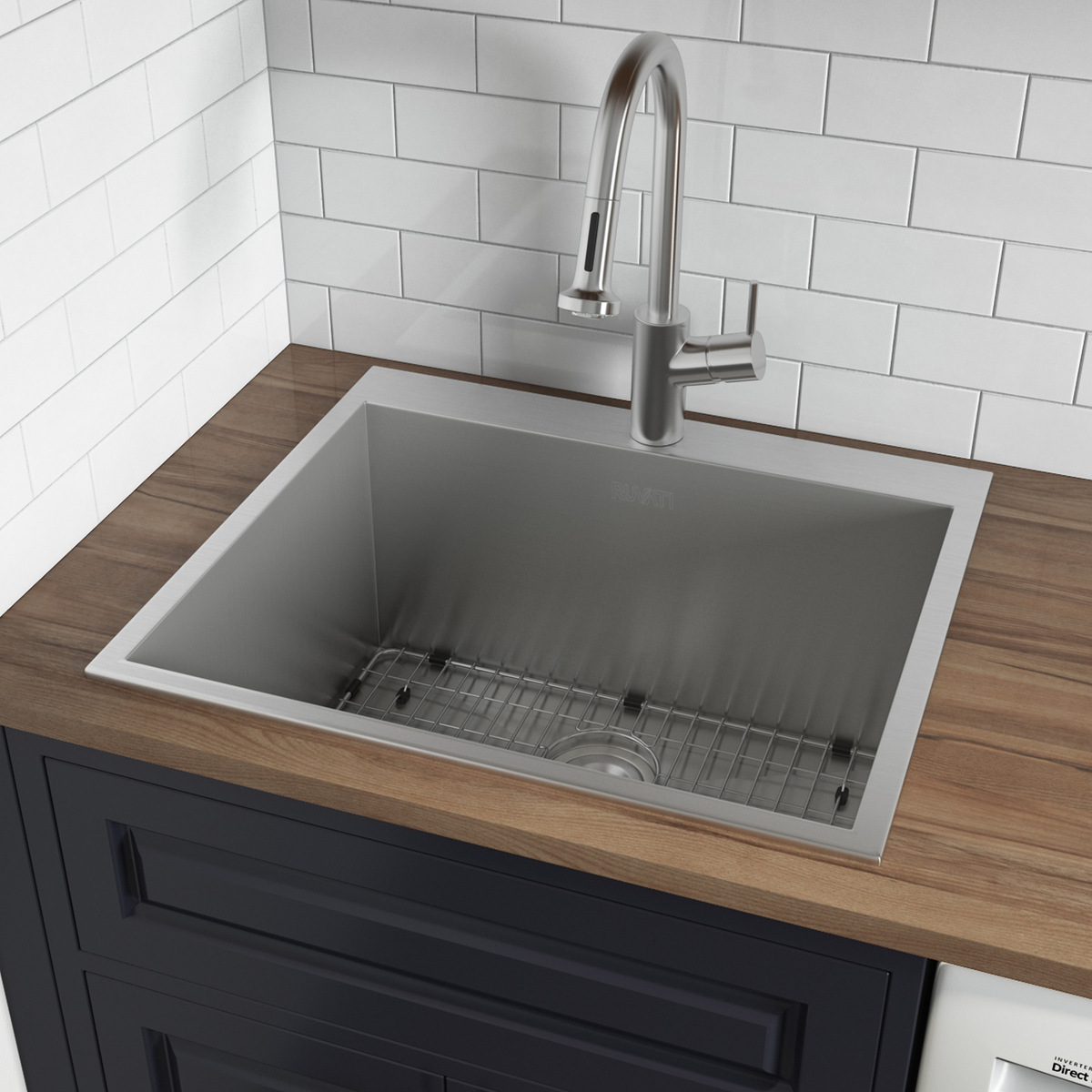
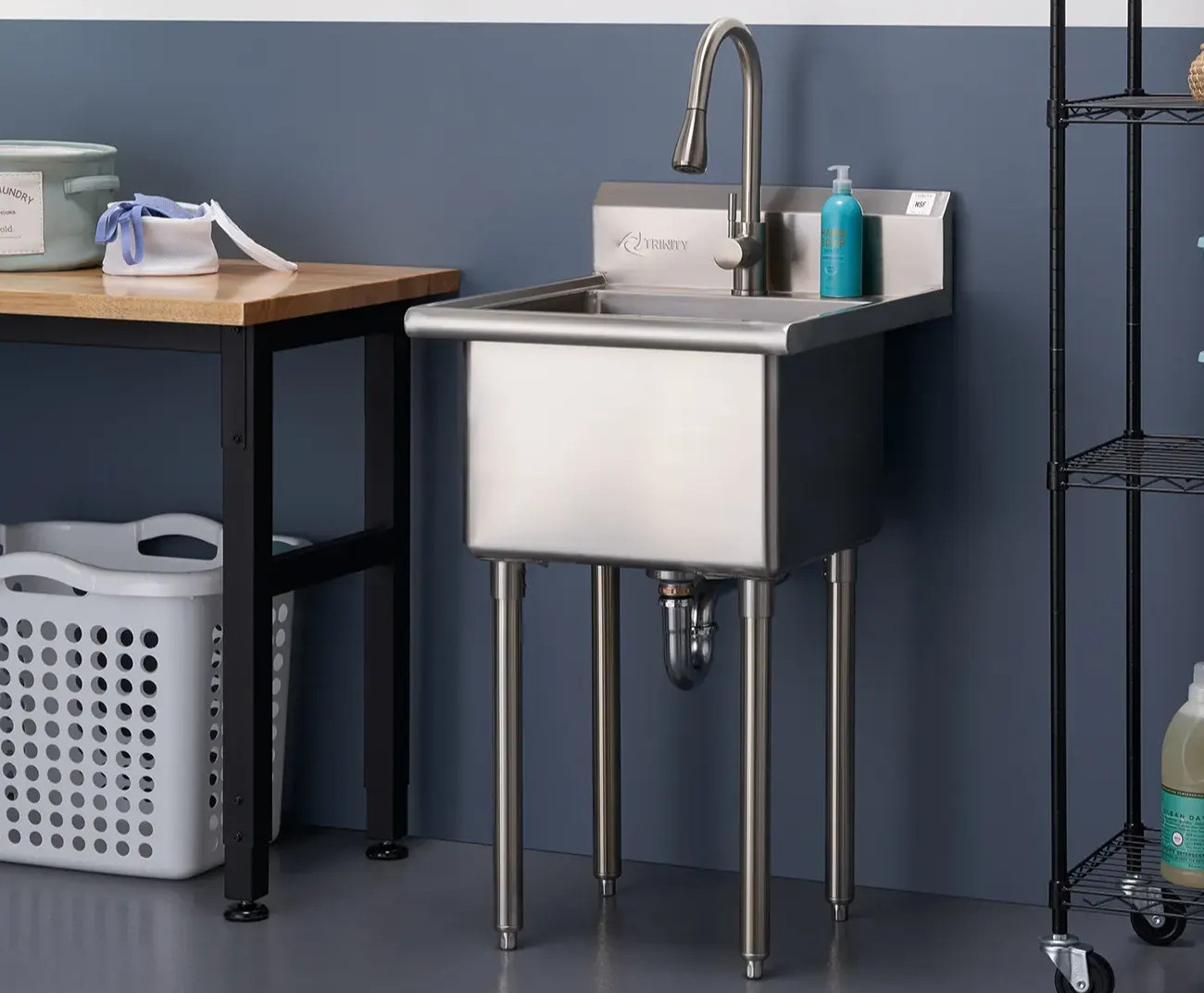
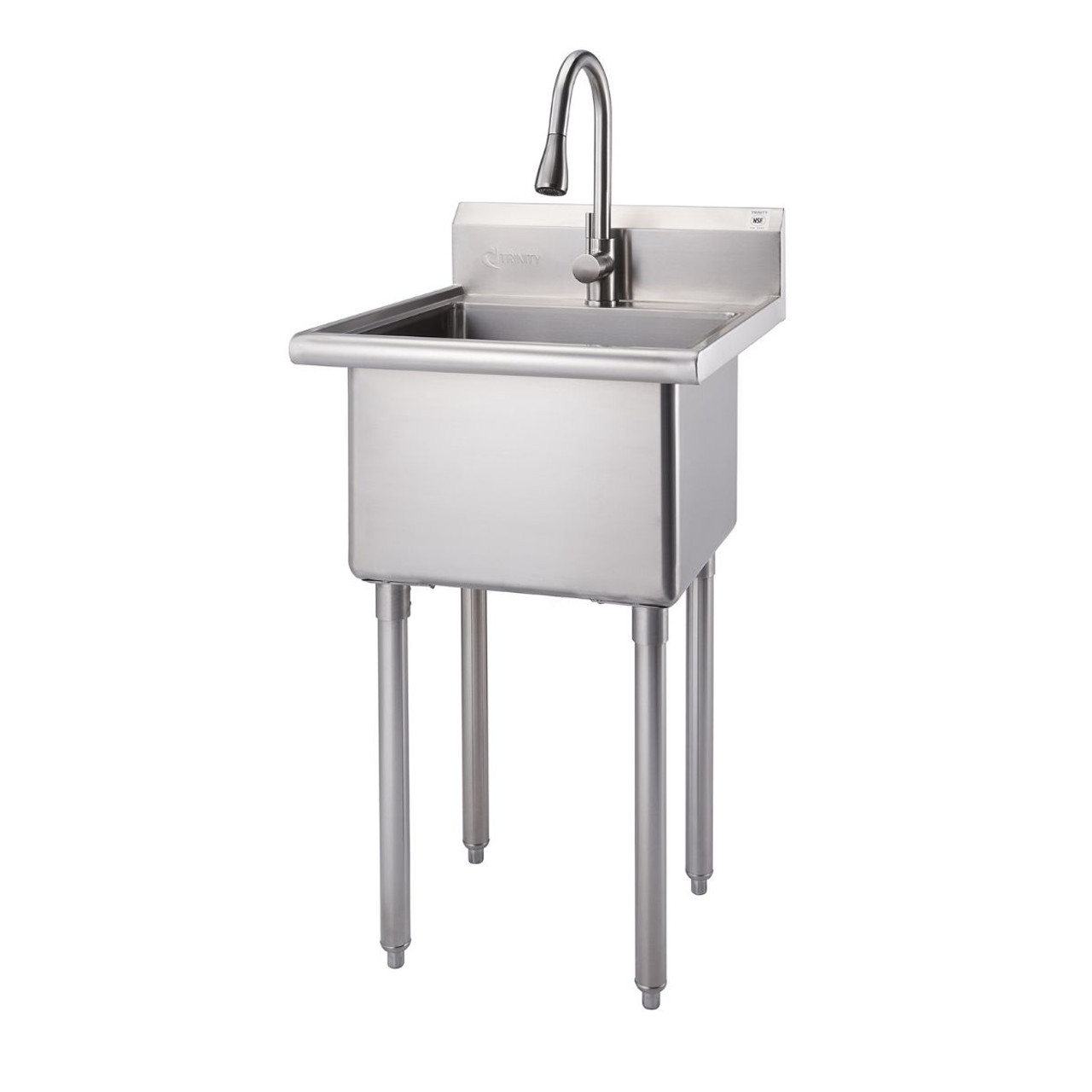
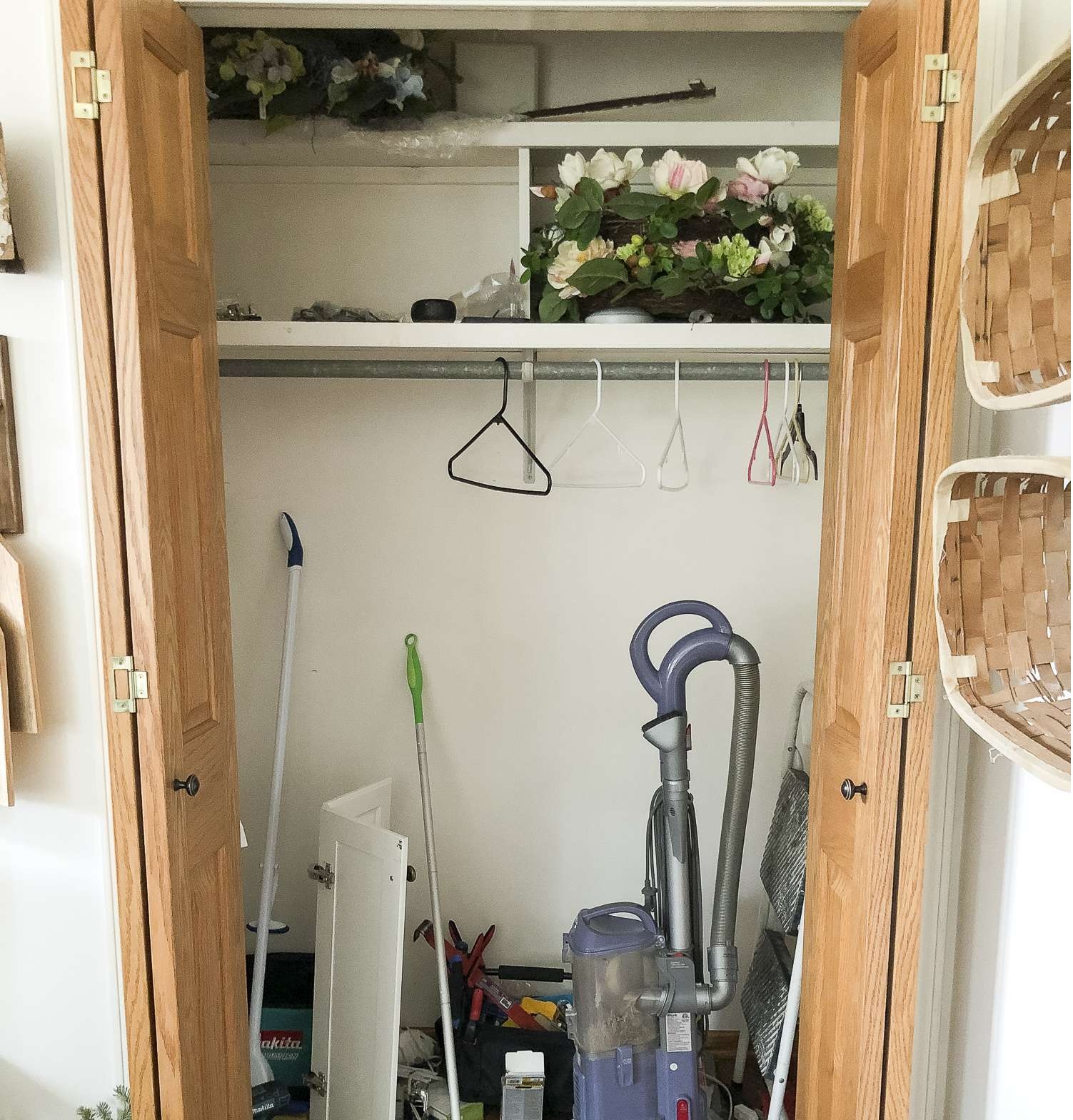
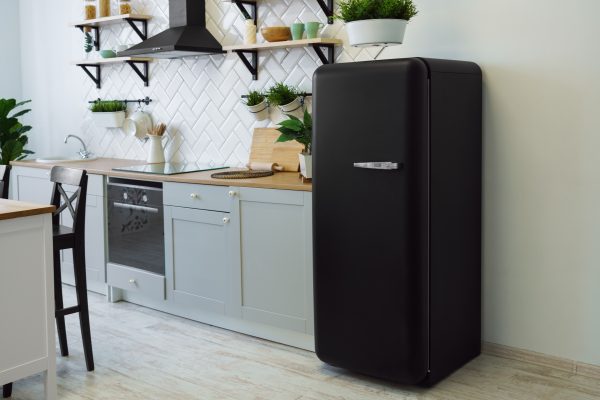
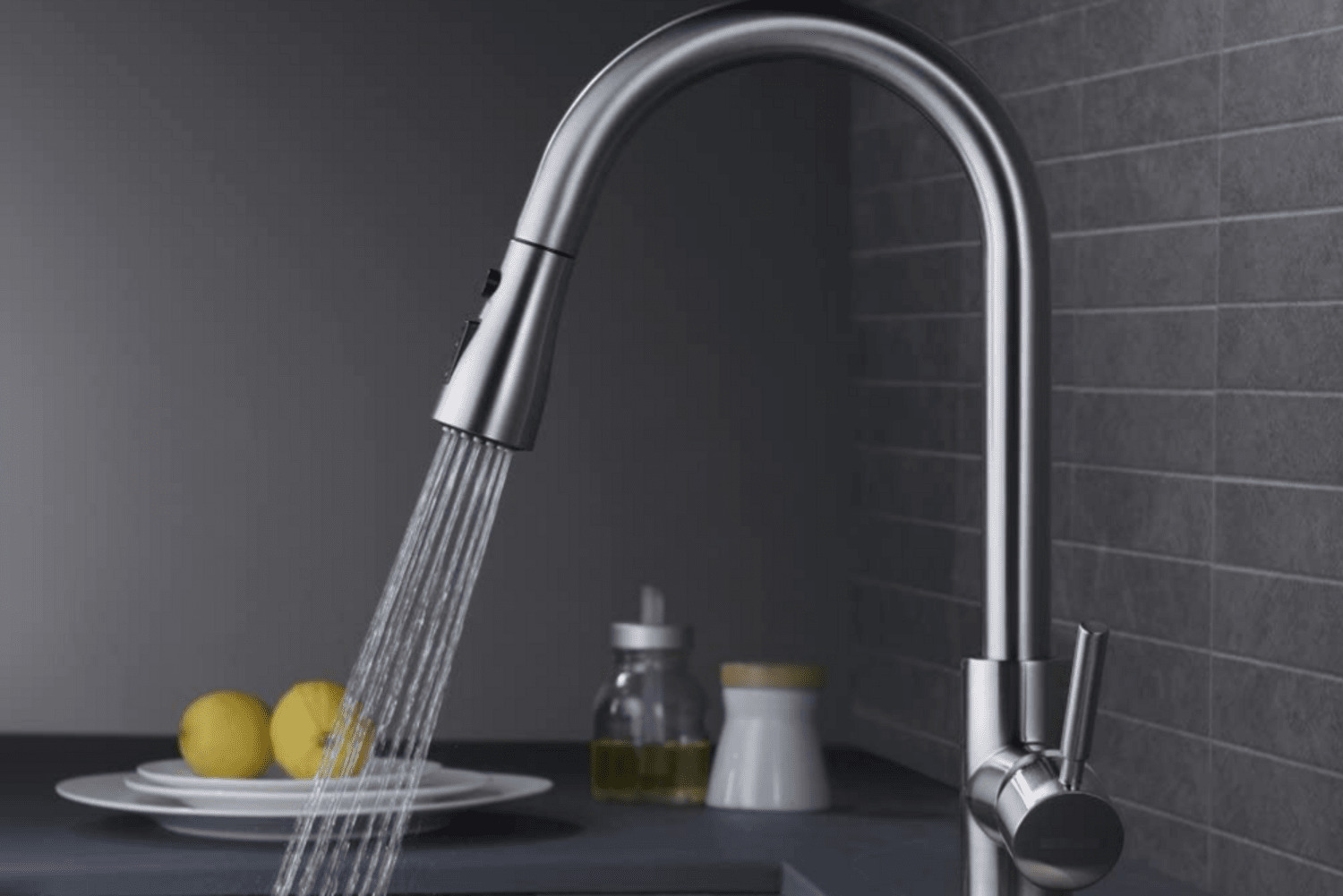
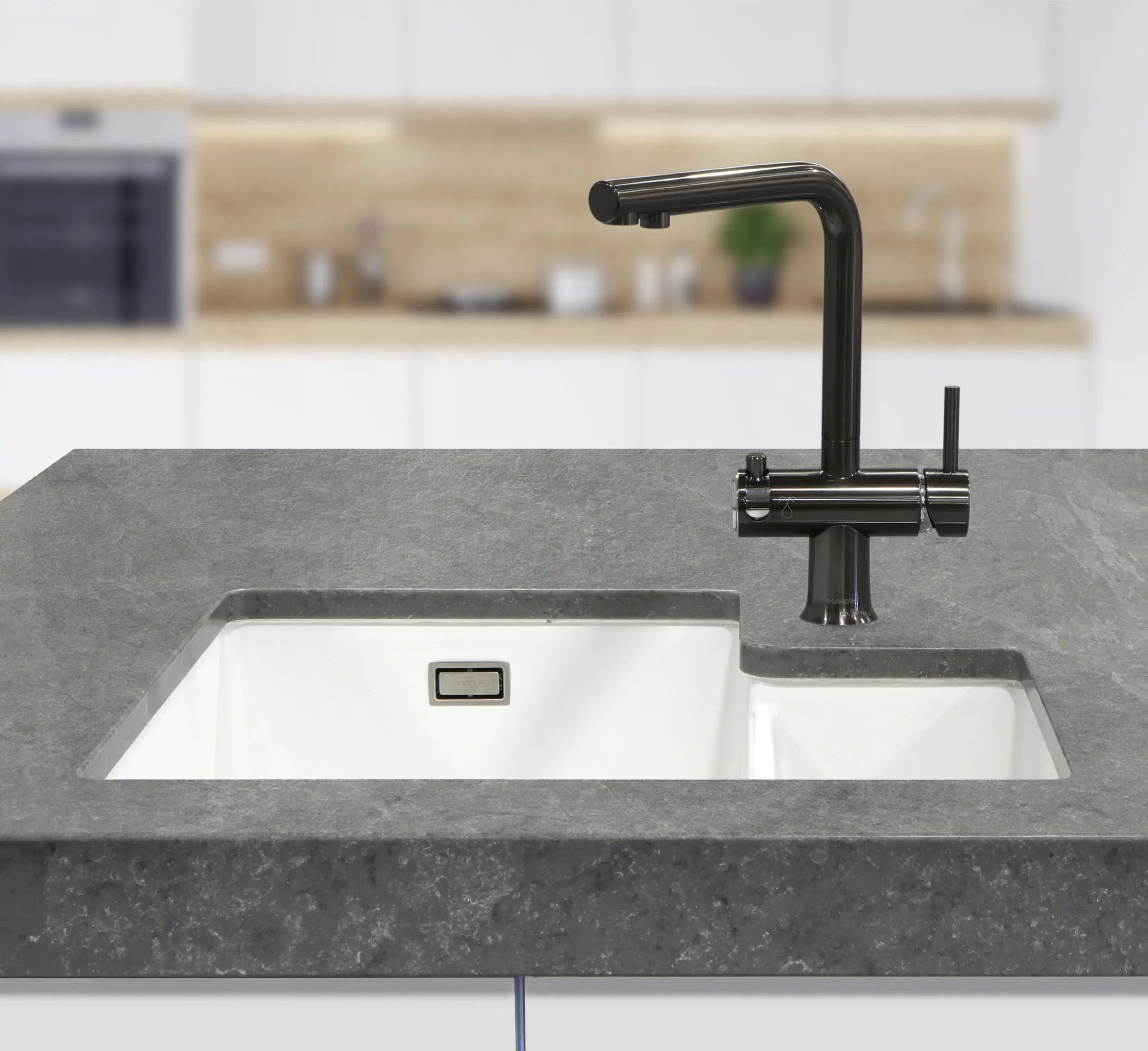


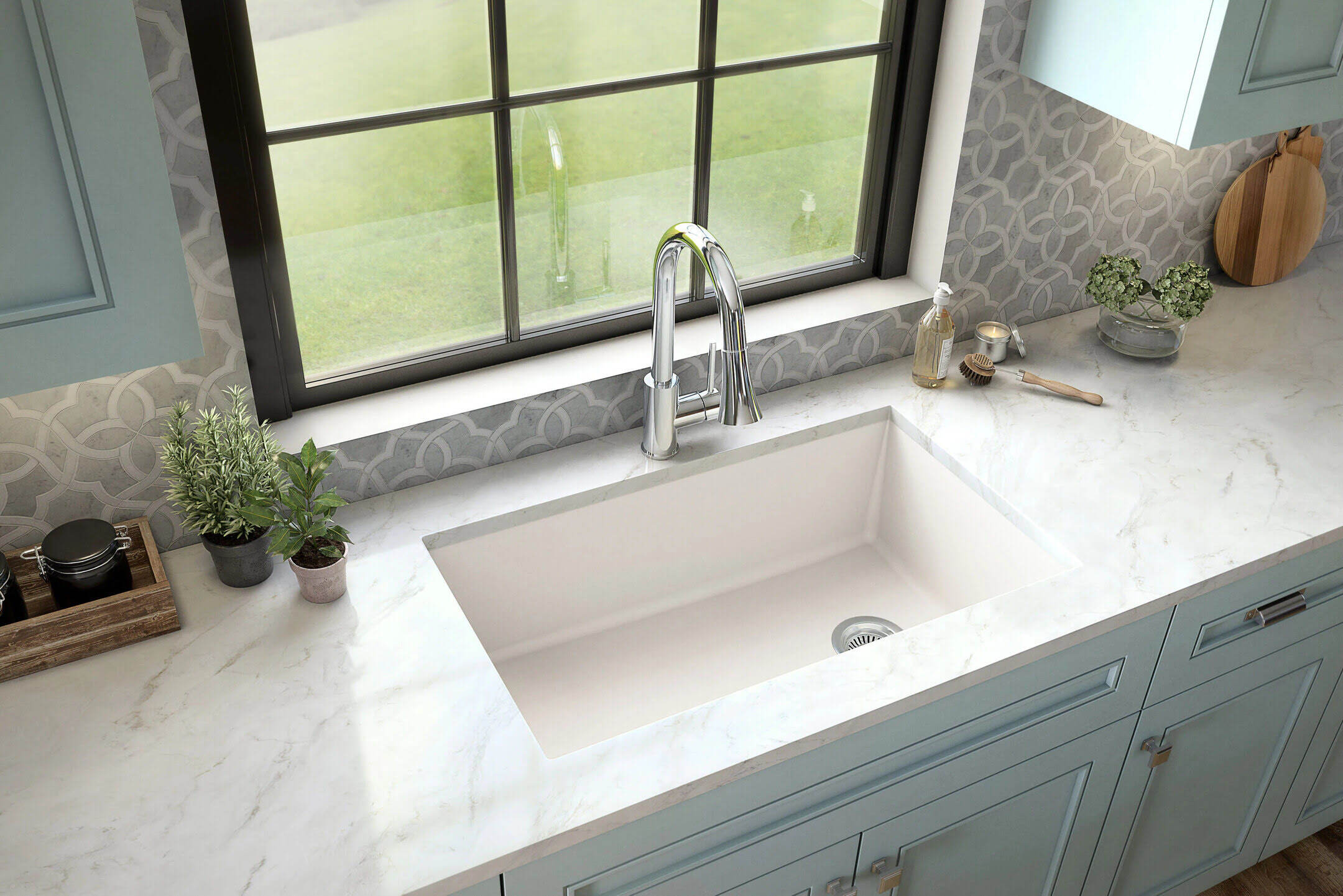
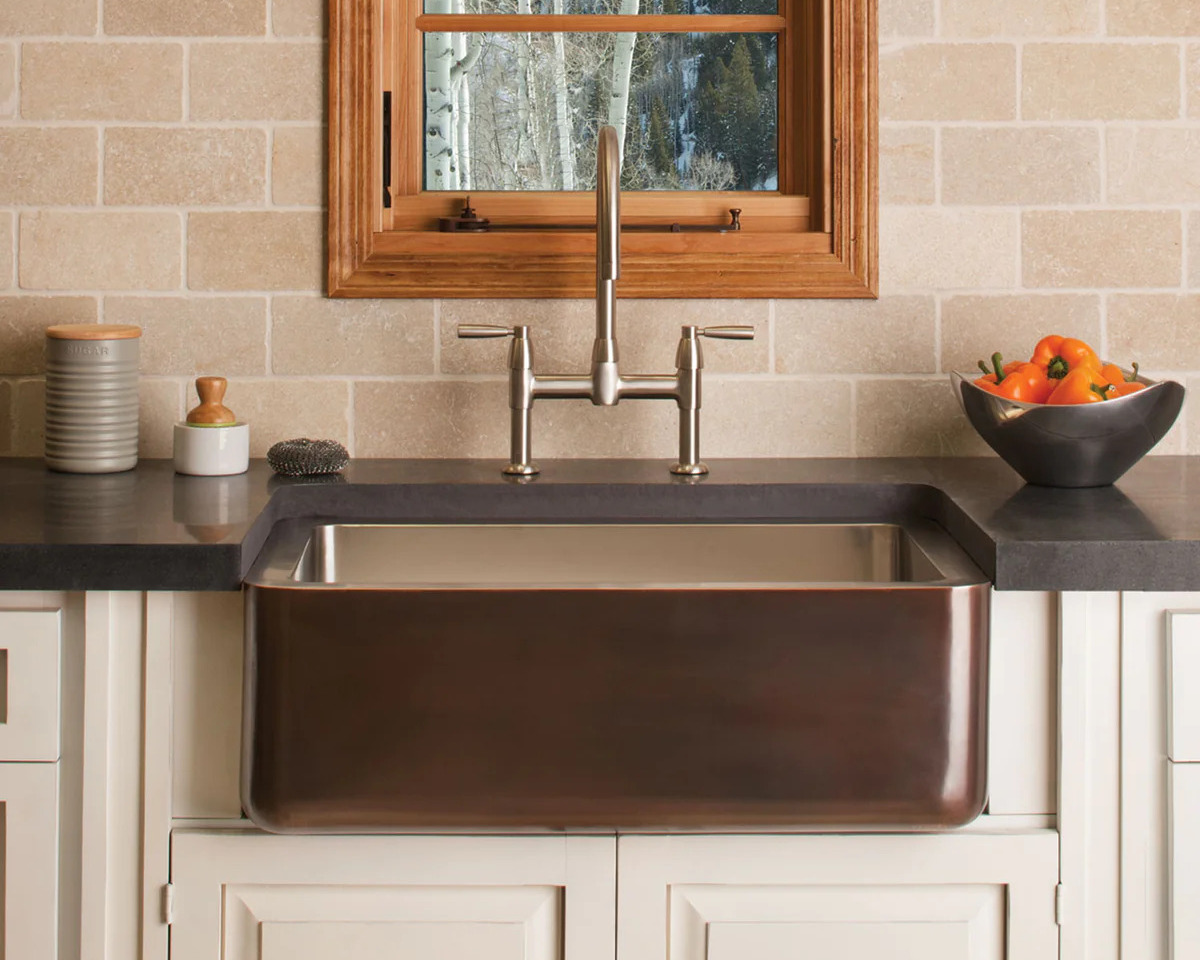
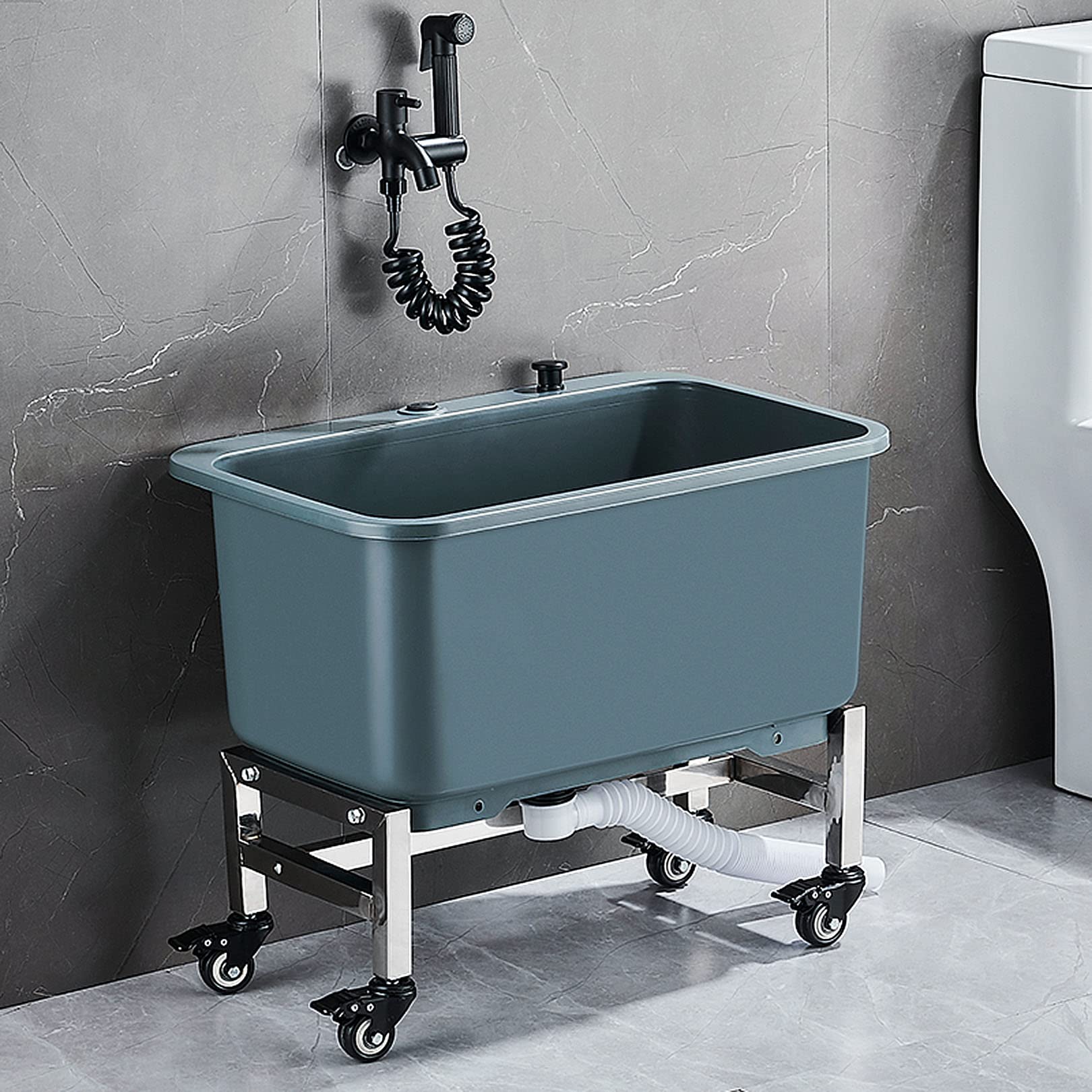
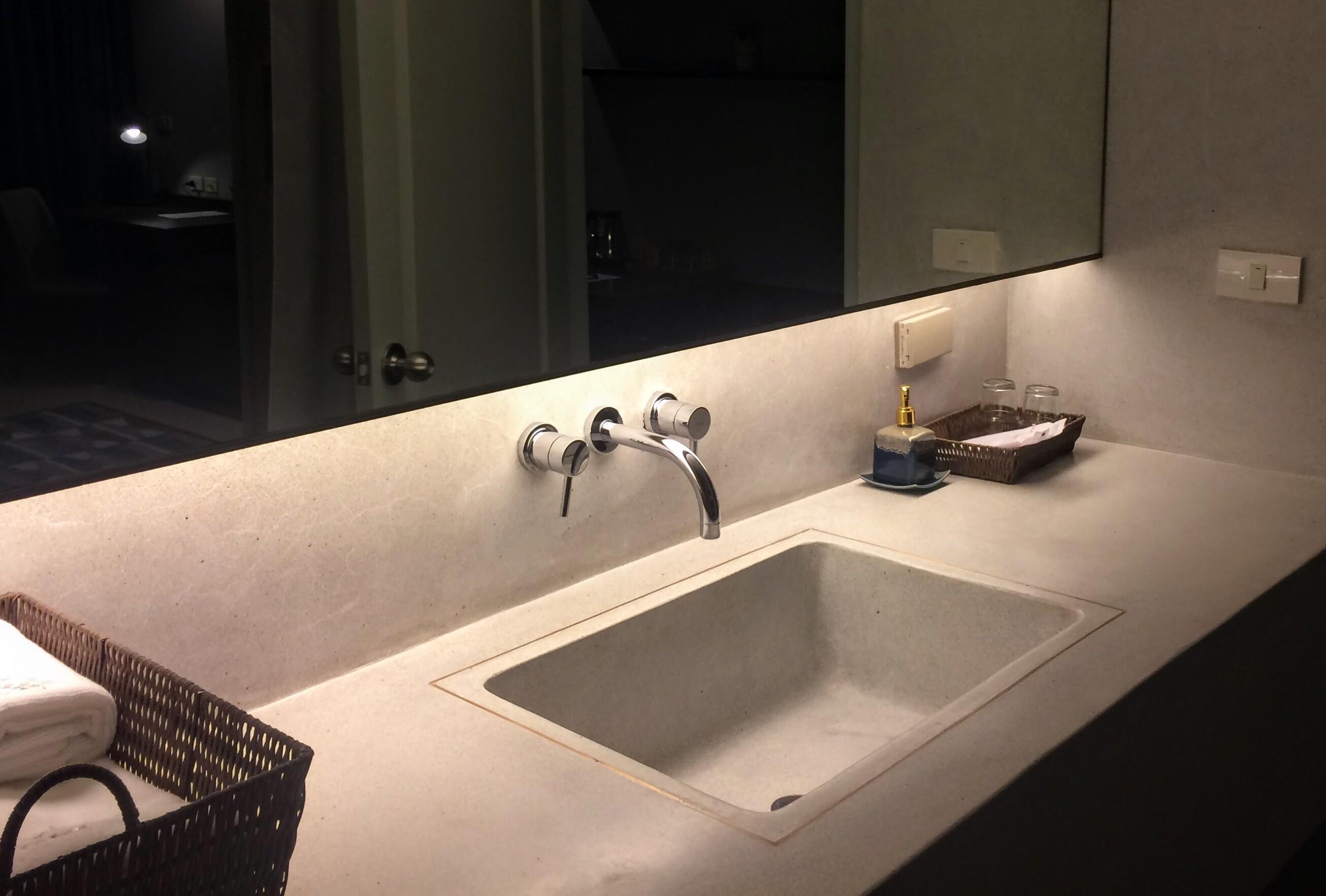
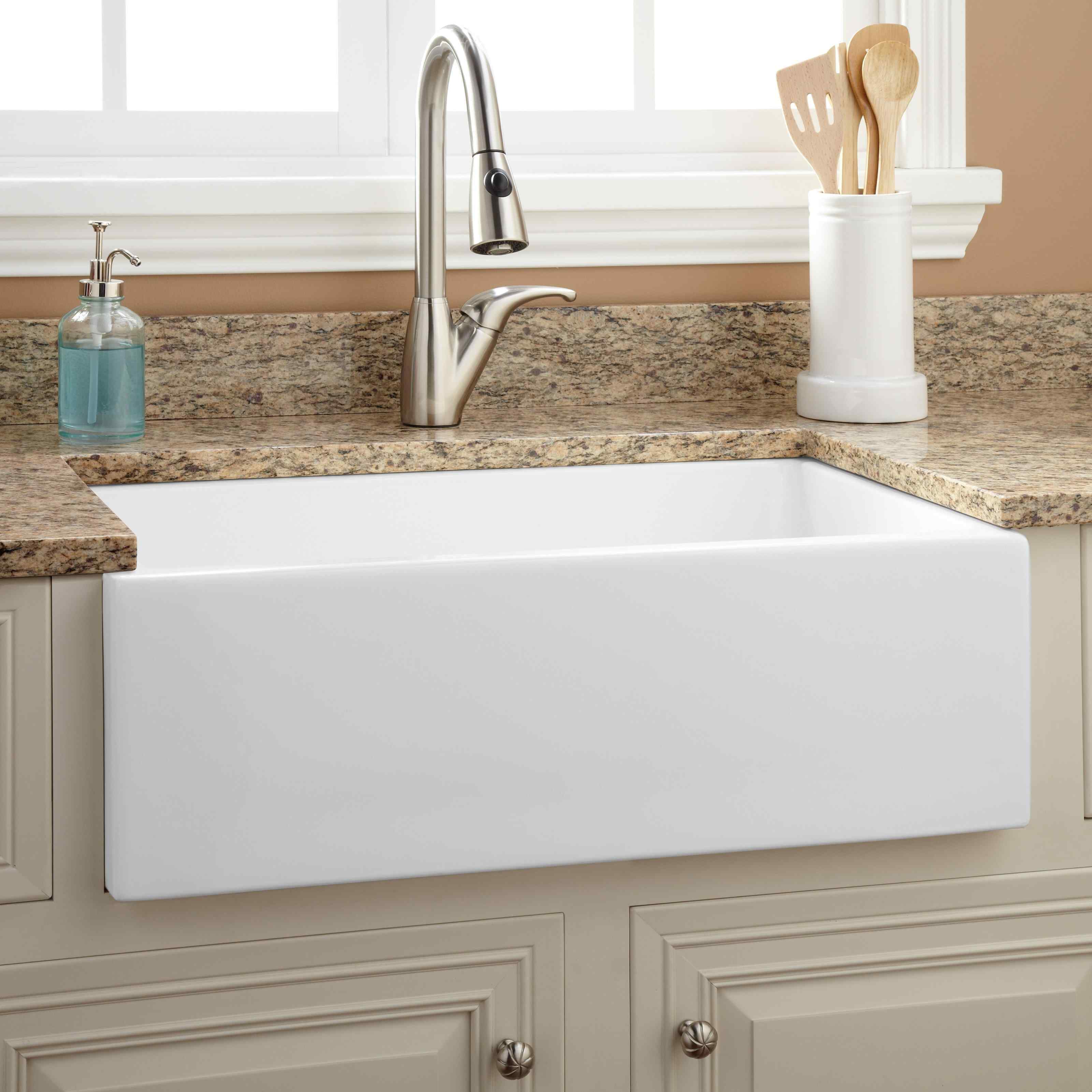

0 thoughts on “What Is A Utility Sink”